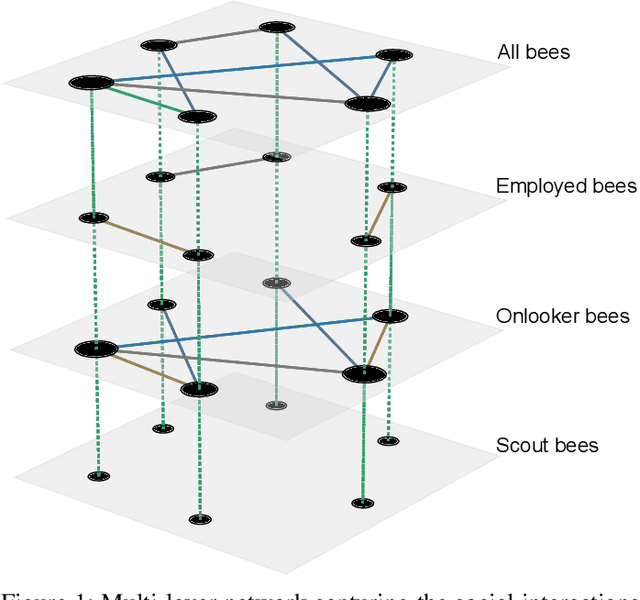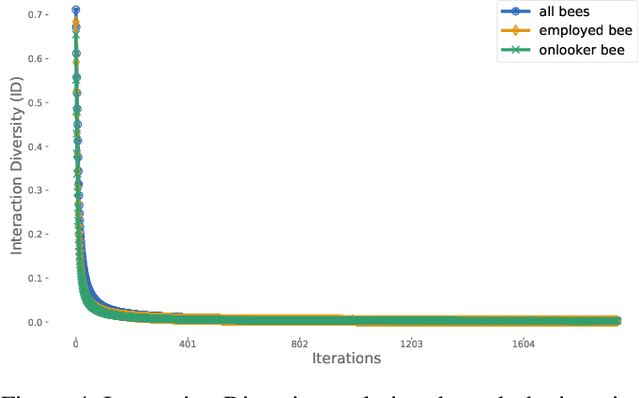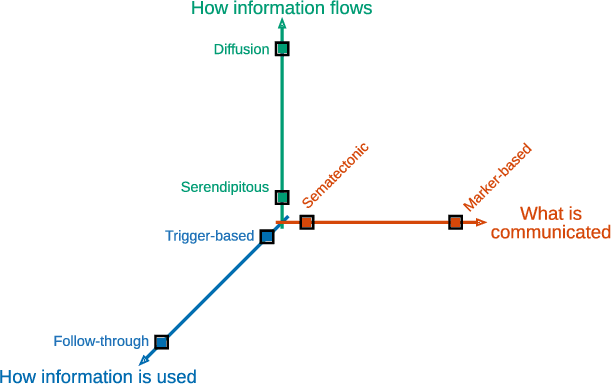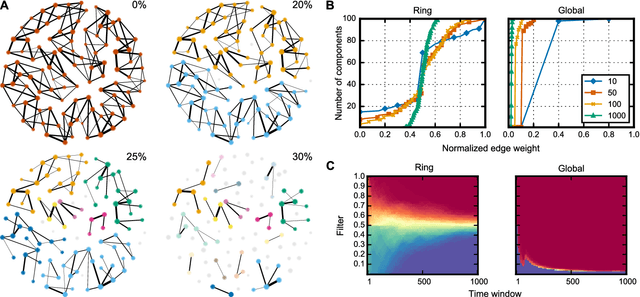Marcos Oliveira
Browsing behavior exposes identities on the Web
Dec 24, 2023
Abstract:How easy is it to uniquely identify a person based on their web browsing behavior? Here we show that when people navigate the Web, their online traces produce fingerprints that identify them. By merely knowing their most visited web domains, four data points are enough to identify 95% of the individuals. These digital fingerprints are stable and render high re-identifiability. We demonstrate that we can re-identify 90% of the individuals in separate time slices of data. Such a privacy threat persists even with limited information about individuals' browsing behavior, reinforcing existing concerns around online privacy.
Minorities in networks and algorithms
Jun 14, 2022
Abstract:In this chapter, we provide an overview of recent advances in data-driven and theory-informed complex models of social networks and their potential in understanding societal inequalities and marginalization. We focus on inequalities arising from networks and network-based algorithms and how they affect minorities. In particular, we examine how homophily and mixing biases shape large and small social networks, influence perception of minorities, and affect collaboration patterns. We also discuss dynamical processes on and of networks and the formation of norms and health inequalities. Additionally, we argue that network modeling is paramount for unveiling the effect of ranking and social recommendation algorithms on the visibility of minorities. Finally, we highlight the key challenges and future opportunities in this emerging research topic.
Characterizing the Social Interactions in the Artificial Bee Colony Algorithm
Apr 08, 2019



Abstract:Computational swarm intelligence consists of multiple artificial simple agents exchanging information while exploring a search space. Despite a rich literature in the field, with works improving old approaches and proposing new ones, the mechanism by which complex behavior emerges in these systems is still not well understood. This literature gap hinders the researchers' ability to deal with known problems in swarms intelligence such as premature convergence, and the balance of coordination and diversity among agents. Recent advances in the literature, however, have proposed to study these systems via the network that emerges from the social interactions within the swarm (i.e., the interaction network). In our work, we propose a definition of the interaction network for the Artificial Bee Colony (ABC) algorithm. With our approach, we captured striking idiosyncrasies of the algorithm. We uncovered the different patterns of social interactions that emerge from each type of bee, revealing the importance of the bees variations throughout the iterations of the algorithm. We found that ABC exhibits a dynamic information flow through the use of different bees but lacks continuous coordination between the agents.
Unveiling Swarm Intelligence with Network Science$-$the Metaphor Explained
Nov 08, 2018



Abstract:Self-organization is a natural phenomenon that emerges in systems with a large number of interacting components. Self-organized systems show robustness, scalability, and flexibility, which are essential properties when handling real-world problems. Swarm intelligence seeks to design nature-inspired algorithms with a high degree of self-organization. Yet, we do not know why swarm-based algorithms work well and neither we can compare the different approaches in the literature. The lack of a common framework capable of characterizing these several swarm-based algorithms, transcending their particularities, has led to a stream of publications inspired by different aspects of nature without much regard as to whether they are similar to already existing approaches. We address this gap by introducing a network-based framework$-$the interaction network$-$to examine computational swarm-based systems via the optics of social dynamics. We discuss the social dimension of several swarm classes and provide a case study of the Particle Swarm Optimization. The interaction network enables a better understanding of the plethora of approaches currently available by looking at them from a general perspective focusing on the structure of the social interactions.
 Add to Chrome
Add to Chrome Add to Firefox
Add to Firefox Add to Edge
Add to Edge